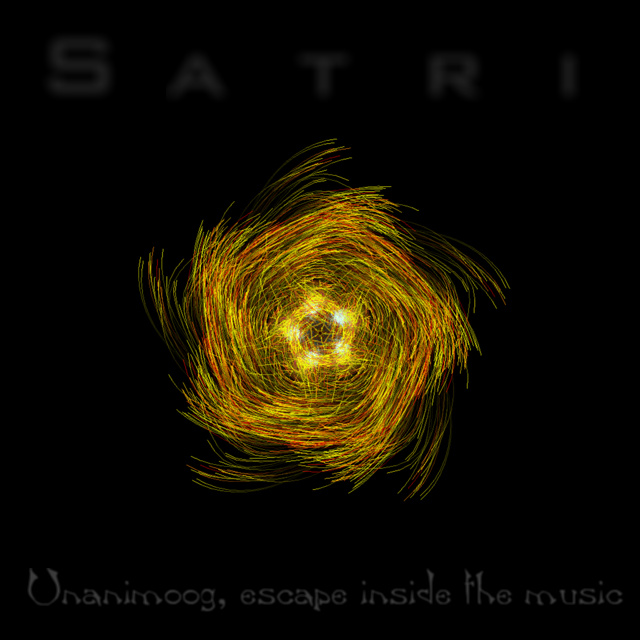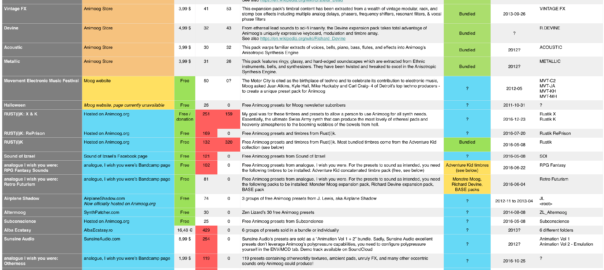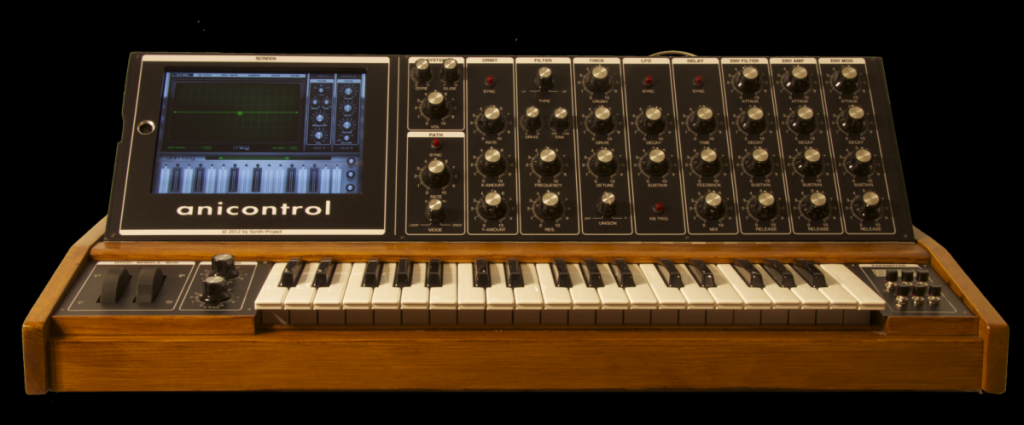Playing Animoog on the iPad is great, but what if your iPad was a meter wide and 20cm large? Wouldn’t that allow you to better play Animoog with such large touch keys instead of the rather small keys we get on our iPad? That’s what alternative controllers are about, and we have great news today for Animoog players.
A year ago we published an entry on Anicontrol and a custom MIDI controller, which are closer to regular controllers than the alternative ones. Alternative controllers is exactly the topic of this Jordan Rudess entry, keyboardist for Dream Theater, in the Keyboard Magazine.
But wait, does such controllers can be used with Animoog? Yes! Here’s the good news from Moog Developer Geert Bevin shared after the recent release of Animoog 2.2.4:
« An important improvement is that Animoog will now properly handle full-rate MIDI coming from the Eigenharp, LinnStrument, Continuum, … The massive amount of expression messages used to sometimes put Animoog into a weird state. We tracked this bug down and fixed it, making Animoog an excellent choice for any controller that supports polyphonic aftertouch! »
Excited? I am! I encourage you to read Jordan’s entry. Amongst the alternatives controllers Jordan reviews you’ll find:
The Haken Continuum:

The Eigenharp Alpha:

The ROLI Seaboard:
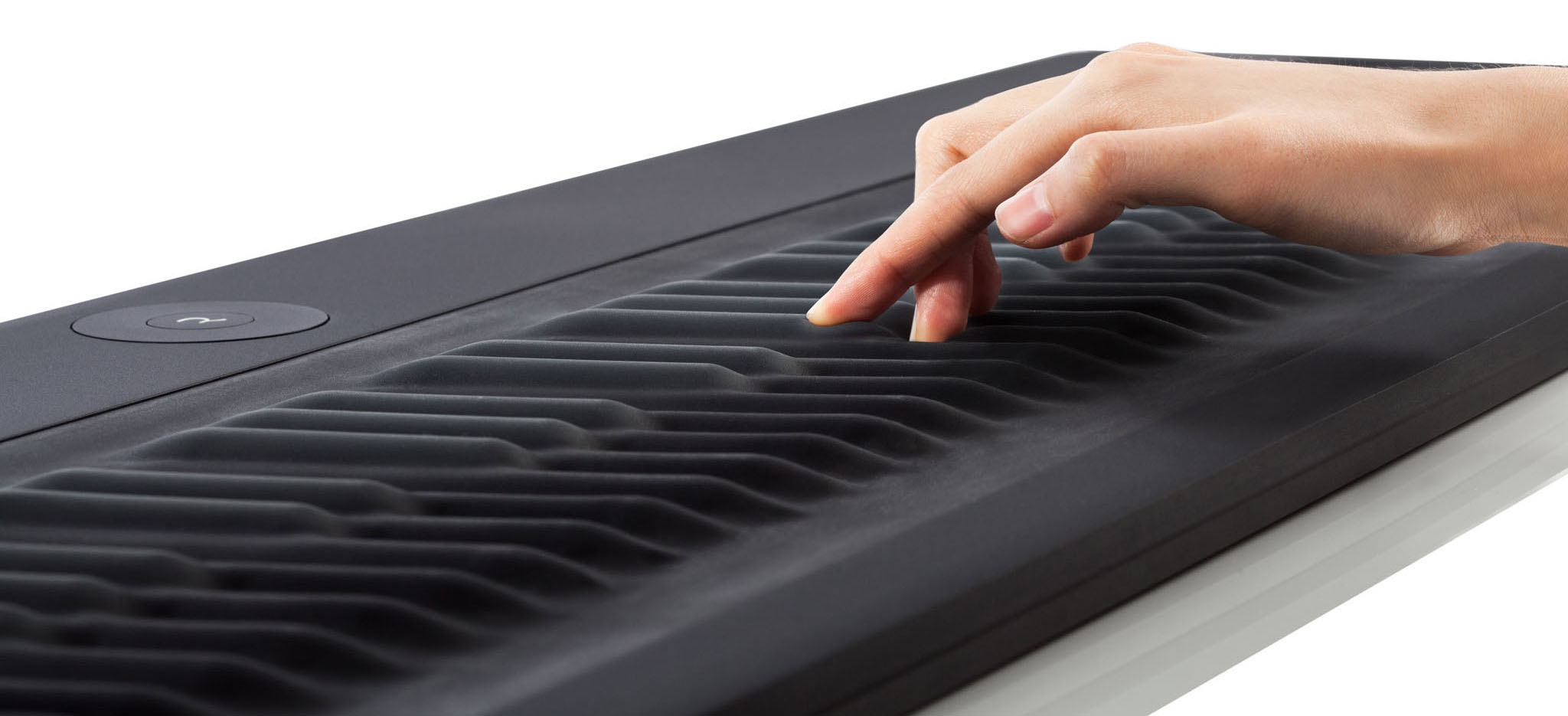
And the LinnStrument:

That last one looks the most unusual. The LinnStrument is also currently the less expensive of those alternative controllers, the ROLI Seaboard being the second less expensive. Over a year ago already, Geert posted the following short but insightful video testing Animoog with the LinnStrument.
Options for controlling Animoog have been one of my main interests as soon as I got Animoog in my hands. The proof is my first two entries on the official Moog forum, the first one posted less than three weeks after the launch of Animoog in 2011, were specifically asking about controllers. I was lucky to get answers from the community at the time that pointed to two alternative controllers, the Endeavour EVO and the VAX77 from Infinite Response, but those two controllers don’t seem to be available anymore. Today is a day to rejoice, we now have plenty of excellent alternative controllers available to us and Moog is really spending time to ensure those controllers are well supported by Animoog. Great times ahead!
Are you aware of other alternative controllers suitable for Animoog? If so, let us know in the comments below! Cheers — Alex / Satri


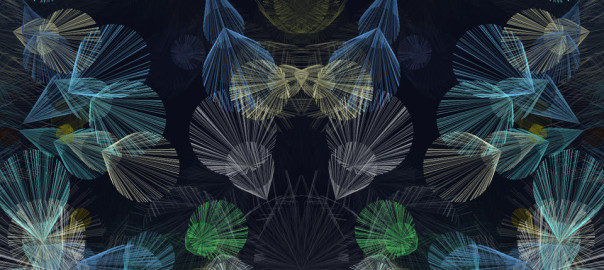
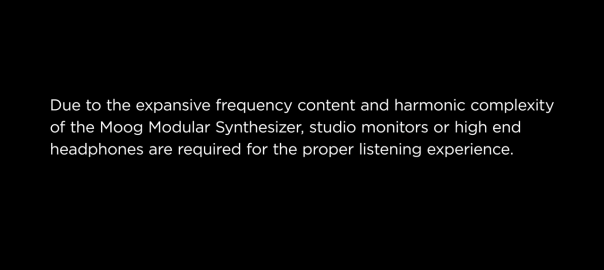
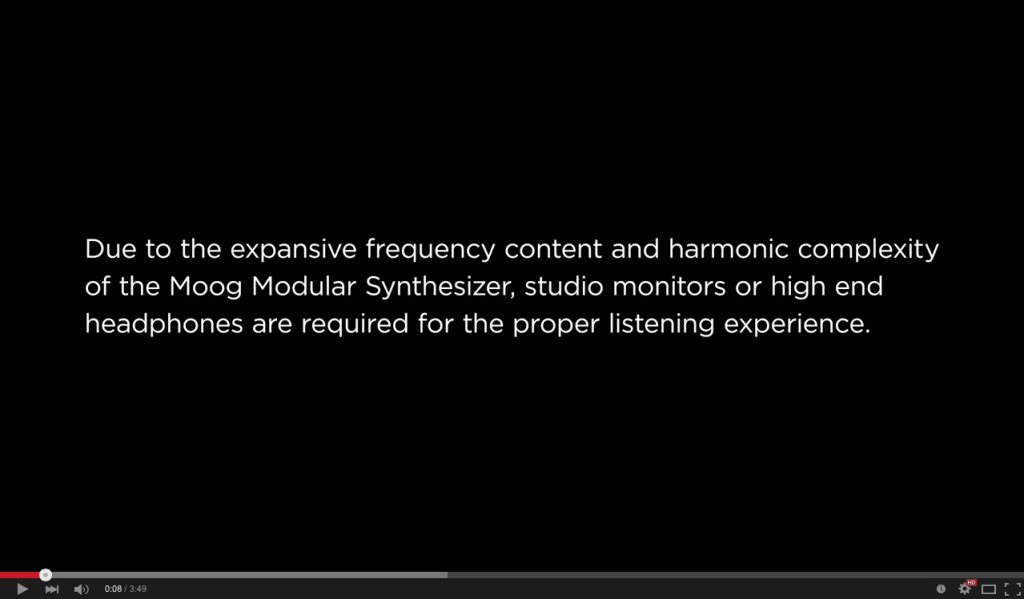

 I’m delighted to introduce you to my second music album named ‘
I’m delighted to introduce you to my second music album named ‘ It’s only recently that I discovered the richness of sophisticated electronic sounds. This new chapter really begun with the advent of Moog Music’s award-winning Animoog music instrument. After I came to know Animoog through unexpected lucky events, I became enamored with its expressive capabilities. It became a hobby to explore Animoog sounds on quiet Friday nights. Wanting to share my enthusiasm and contribute to a same-minded community, I launched Animoog.org in March 2014 to discuss and document everything revolving around the app. While lots of the work remain to be done, the website does offer value and is the only place where you’ll find a list of third-party Animoog expansion packs. My early 2013 Animoog improvisations sounded good enough to me that I decided to make a collection. While my playing improved, I started a second collection in January 2014 with the intention of making an album out of it. In August of the year I had enough material to prepare the release of most of those tracks on what became the ‘Unanimoog, escape inside the music’ album.
It’s only recently that I discovered the richness of sophisticated electronic sounds. This new chapter really begun with the advent of Moog Music’s award-winning Animoog music instrument. After I came to know Animoog through unexpected lucky events, I became enamored with its expressive capabilities. It became a hobby to explore Animoog sounds on quiet Friday nights. Wanting to share my enthusiasm and contribute to a same-minded community, I launched Animoog.org in March 2014 to discuss and document everything revolving around the app. While lots of the work remain to be done, the website does offer value and is the only place where you’ll find a list of third-party Animoog expansion packs. My early 2013 Animoog improvisations sounded good enough to me that I decided to make a collection. While my playing improved, I started a second collection in January 2014 with the intention of making an album out of it. In August of the year I had enough material to prepare the release of most of those tracks on what became the ‘Unanimoog, escape inside the music’ album. Similarly to my ‘Beau temps’ music album, released in 2002 under the royalty-free ‘open audio’ license – before Creative Commons licenses existed and at a time when it was unusual to provide albums for free on the Internet, this new album is available under the
Similarly to my ‘Beau temps’ music album, released in 2002 under the royalty-free ‘open audio’ license – before Creative Commons licenses existed and at a time when it was unusual to provide albums for free on the Internet, this new album is available under the  This album is ‘unmastered’, it’s the raw tracks for which sound levels have not been corrected and no adjustments were done to convey an enhanced listening experience. I resorted to a diversity of Animoog presets to create the 47 tracks of the album. Those presets were created by several sound designers and I have to thank them for making it possible for us to play with their soundscapes. Preset ambiances range from soft and harmonious sounds, with ping pong stereo delay or not, to rhythmic and more brutal sounds. Credit is given to the tracks’ presets and thus anyone can launch Animoog and replay a track they liked and make it much better, just like when someone sits in front of a piano to jam on an existing song.
This album is ‘unmastered’, it’s the raw tracks for which sound levels have not been corrected and no adjustments were done to convey an enhanced listening experience. I resorted to a diversity of Animoog presets to create the 47 tracks of the album. Those presets were created by several sound designers and I have to thank them for making it possible for us to play with their soundscapes. Preset ambiances range from soft and harmonious sounds, with ping pong stereo delay or not, to rhythmic and more brutal sounds. Credit is given to the tracks’ presets and thus anyone can launch Animoog and replay a track they liked and make it much better, just like when someone sits in front of a piano to jam on an existing song. I invite you to
I invite you to 